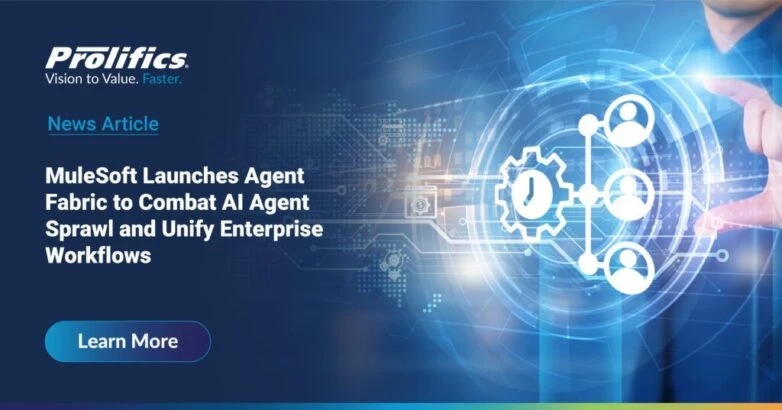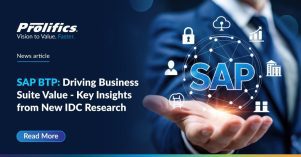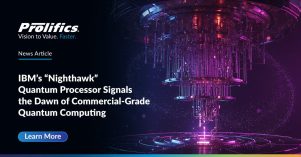Salesforce-owned integration leader MuleSoft has unveiled Agent Fabric, a comprehensive suite designed to address one of enterprise AI’s most pressing challenges, agent sprawl. As organizations experiment with multiple AI agents across teams, platforms, and vendors, the resulting fragmentation often undermines scalability, governance, and security. MuleSoft’s new platform aims to consolidate and orchestrate these dispersed agents into a unified, secure framework that enterprises can manage with confidence.
Key Capabilities
MuleSoft Agent Fabric introduces four main components:
- Agent Registry: A central catalog where all AI agents and tools, including those built using MCP (Model Context Protocol) or A2A (Agent-to-Agent) protocols, can be registered, discovered, and reused.
- Agent Broker: An intelligent routing engine that dynamically delegates tasks to the most appropriate agent across different domains or systems. It supports the plug-in of the enterprise’s preferred large language models (LLMs).
- Agent Governance: A suite of security, compliance, and policy controls applied to every agent interaction. This ensures that data access, operations, and inter-agent communications abide by enterprise rules.
- Agent Visualizer: A real-time visual map of agent networks, showing how agents connect, interact, and make decisions. This helps architects and DevOps teams spot bottlenecks, performance issues, or unintended flows.
At the heart of Agent Fabric are four modular tools, Agent Registry, Agent Broker, Agent Visualizer, and Agent Governance, designed to help organizations register, orchestrate, observe, and control every deployed agent from one interface. Built into MuleSoft’s Anypoint Platform, this new suite promises to bring order and visibility to sprawling AI environments.
Centralized Control and Discovery
The Agent Registry serves as the foundation, offering a central directory where all agents and related tools, including Model Context Protocol (MCP) and Agent-to-Agent (A2A) servers, can be registered and discovered. By centralizing these assets, MuleSoft makes agents easily reusable and composable into complex, cross-domain workflows.
Intelligent Orchestration
Once registered, the Agent Broker facilitates intelligent routing between agents, connecting them dynamically based on context, domain, and task requirements. It leverages MCP and A2A frameworks to enable smooth interoperability while allowing enterprises to choose their preferred large language model (LLM) as the underlying engine. This flexibility ensures that organizations can optimize for their own AI ecosystems, from OpenAI and Anthropic models to proprietary enterprise LLMs.
Governance and Observability
As multi-agent workflows evolve, Agent Governance and Agent Visualizer provide enterprises with critical visibility and control. Governance enforces policies, compliance frameworks, and security guardrails to ensure responsible AI operations. Meanwhile, the Visualizer tool offers a dynamic map of the agent network, illustrating how agents interact, share data, and execute tasks across systems, a powerful feature for monitoring performance, diagnosing bottlenecks, and preventing rogue agent behavior.
Building the Foundation for Scalable AI
The rollout will occur in phases: Agent Governance is available immediately, while Agent Registry, Agent Broker, and Agent Visualizer are slated for general availability in October.
As enterprises race to operationalize AI, MuleSoft’s Agent Fabric could become the cornerstone of responsible agent orchestration, helping organizations move from experimental deployments to enterprise-grade, governed AI ecosystems.
Media Contact: Chithra Sivaramakrishnan | +1(646) 362-3877 | chithra.sivaramakrishnan@prolifics.com




